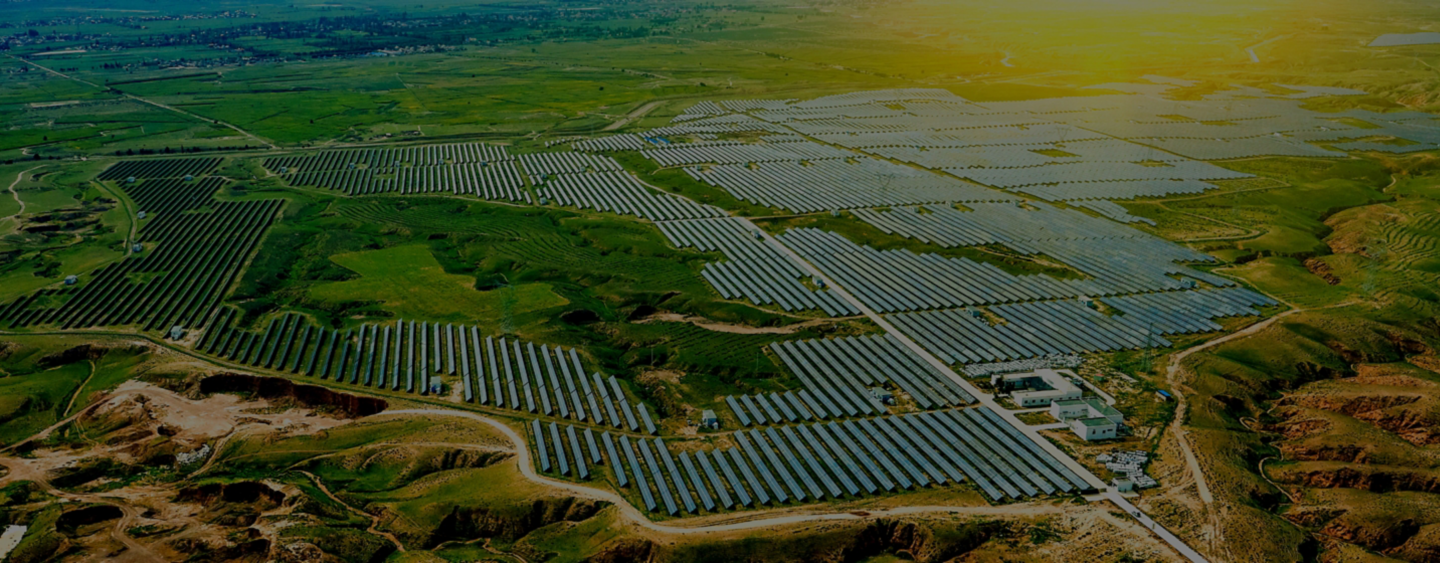From 2022 to 2027 renewables are forecasted to account for >90% of global electricity capacity expansion.
According to the IEA’s Renewable Energy Market Update published in June, this last year has witnessed the largest increase ever in global renewable capacity additions – soaring by 107 gigawatts (GW) to more than 440 GW, with solar PV additions accounting for two-thirds of this increase in renewable power capacity. Not only does this reflect unprecedented momentum for renewables, but also the vast investment being put into the technology to drive this capacity expansion.
Yet with so much potential and growth, there are various pros and cons to utilizing and integrating this energy source which I’ll delve into in more detail within this blog. But before we move on, it’s probably worth taking a step back and briefly explaining what we mean when we refer to solar power and how we collect and harness it for electricity.
Solar power (or you may prefer to use the term ‘solar energy’) in its simplest explanation is the conversion of energy from sunlight into electricity or heat. The sun’s energy is collected by solar panels – either on rooftops or within solar farms – and is then transmitted into the electrical system and distributed to the electricity grid where it is supplied to homes and businesses.
You may have noticed that this term is being used more and more as the world turns its focus on achieving net zero goals and in many cases, the UN’s 2030 sustainability goals. And for that reason, let’s take a closer look at the pros and cons of this source of renewable energy.
So, what are the benefits in solar power?
First and foremost, it’s a renewable energy source – the potential energy we can capture and convert is a virtually inexhaustible source but there are also many other benefits, including:
- A lower environmental impact – if we can convert solar power into electricity without air or water pollution or GHG then our energy consumption will have a much lower impact on the environment.
- Energy independence – setting up solar farms in local areas and regions not only reduces those communities having to rely upon imported fuels, but also contributes to greater energy security.
- Economic boost – building solar mechanics and connecting them to the grid can provide job growth that benefits local economies.
- Improved energy access – provide electricity access to remote areas via off-grid systems where the centralized grid doesn't reach.
- Decabonizing heavy industry – solar power can hold the key to decarbonizing and reducing energy costs for asset- and energy-intensive industries such as mining, which also tend to operate in remote areas and typically rely on diesel generators for power.
And what are the challenges with solar power?
By far the biggest challenge is its intermittency; the sun doesn’t ‘shine’ for 24 hours a day.
Whilst nighttime is of course predictable, and in daylight energy can still be captured in cloudy conditions, the amount of electricity generated inadvertently fluctuates throughout the day as well as seasonally, posing various challenges:
- Matching supply with demand – intermittency makes it difficult to always reliably match solar power output with consumer demand. This is where clever digital grid edge technologies come in that can monitor, predict and proactively optimize the usage of distributed and fluctuating energy sources to keep the overall system stable, and the lights on.
- Storing solar power – variable output also means that storage solutions, like batteries, are necessary to capture the sun’s energy when possible and store it for periods when the technology cannot capture anymore (i.e. at nighttime) to provide consistent electricity supply.
- Grid integration – fulfilling grid codes and ensuring a smooth integration of solar power to the grid, while maintaining its stability, is increasingly important as renewables penetration increases rapidly. This can incur additional costs for providers if upgrades or new technologies/solutions are required for their transmission infrastructure.
- Location, location, location – solar power potential varies significantly based on weather conditions and geography.
- Competition for land – renewable generation often has to compete with other land uses like agriculture and housing development. On top of this, acceptance from communities must also be factored in as some residents can be reluctant if a solar farm has been proposed for in/near their community.
Letting the sun set on this blog
Whilst there are a variety of factors working for and against solar power, I have high hopes for where this industry will take our global society in the future.
Yes, we have issues with storage, costs and general expansion of integrating this energy into the grid; but sunlight itself is a free, abundant and renewable source of energy and what’s more – can complement other renewable sources.
Solar, offshore wind, onshore wind and hydropower can all work in harmony with battery energy storage and digital technologies to ensure the end consumer has reliable, secure and consistent electricity, whilst also playing a significant role in decarbonizing the economy.
For example, as the sun only shines during the day, if adequate solar power isn’t stored, then wind – which can often peak during the evening – can fill that energy gap. By coordinating different renewable energies, we can collectively benefit from greater integration and connection of renewables into the grid for a greener, cleaner and more sustainable energy future.
All in all, we have to recognize the key role solar energy will play in accelerating the global energy transition.
If you’d like to speak to the team about solar power or other renewable energies, please don’t hesitate to reach us here.



